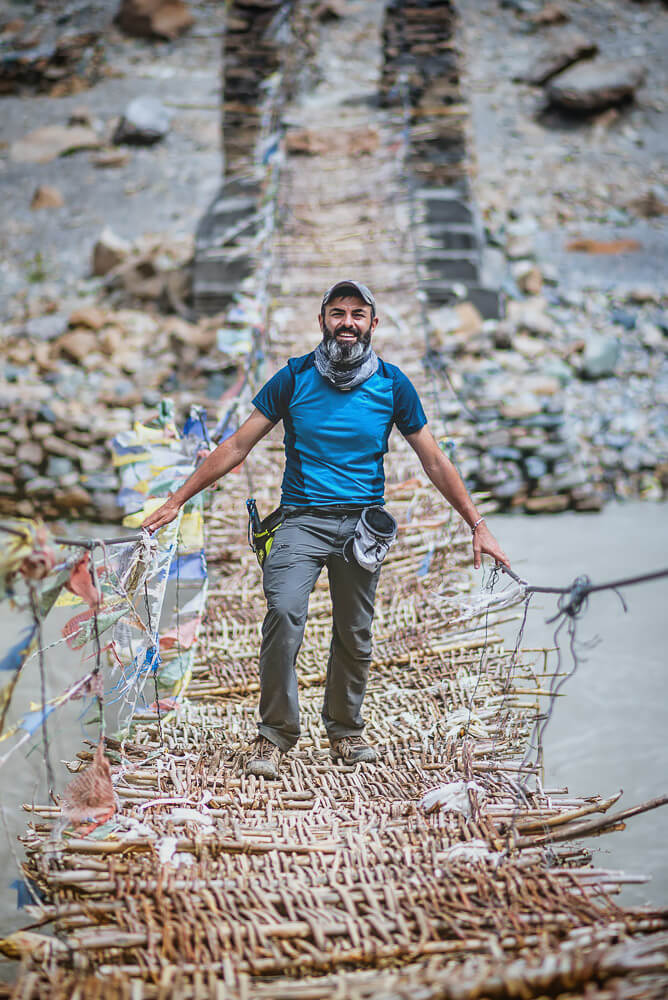I was born in Rome in 1979. When I was 6 years old I received my first camera and I fell in love with it at once.
The camera has always been the means to get in touch with everything around me, savor it, store it and make it mine.
As a child my dream was to become a director, I studied scenography at the Academy of Fine Arts in Rome and I worked as a Digital Artist at Cinecittà, but it's through photography that I found the best way to express myself.
I'm not a great lover of technique and rules, for me it's fundamental to train the eye and the heart (as Cartier-Bresson quoted) to capture moments, looks and gestures that contain stories, experiences, sensations and can communicate some emotion.
The real keystone was when I put together my two great passions: photography and traveling. Traveling with the aim to photograph and photographing with the aim to travel, made me snap like a spring, every trip became an outlet to get out of the monotony of everyday life and makes me feel alive.
I started traveling around Europe, in the United States, Africa and Cuba. I traveled around Asia accompanied by Terzani's reading and I was fascinated by the different Asian cultures. My main interest is the knowledge and the discovery of the authenticity of different populations which still live in respect of their particular cultural traditions. I undertake long journeys to reach the populations that still survive globalization and I always try to get in close contact with local people and live their own customs and traditions.
I use the camera to connect with the other and with my shot I try to represent who I am in front of, with all his cultural and emotional baggage.
This is why I prefer to take portraits, to reproduce the essence of who I meet. I hope with my photos to convey the same emotions that these meetings arouse in me.
